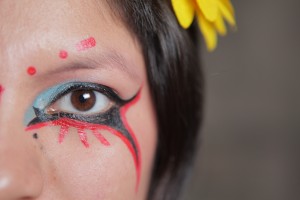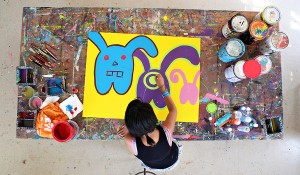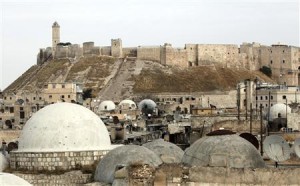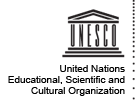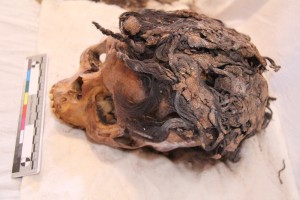Living a nomadic lifestyle, means things get left behind when one cannot carry things from place to place. In Inocente’s case, she leaves her art as her legacy. Looking at homelessness from an archaeological view and analyzing the things that these people leave behind, or their material culture, can show a lot about the way that homeless people live and survive without permeant homes. Inocente and her family are forced to move from place to place and she recalls that she does not remember living in a place longer than three months at a time. Her, her mother, and her two brothers are forced to live, eat, and sleep together in a small room, giving them not a lot of opportunity to bring tons of things with them as they move. It is also important to limit the amount due to the fact that the small family has to carry everything they own when they move as they cannot afford to hire movers or anything similar. This limitation causes them to own things that can be carried on their bodies and things that can fit in carry-able bags.
In class, we talked about what we might bring with us if there was a fire in our building because this would show the things that were most important to us and our survival. I think looking from this perspective towards Inocente can show the things that are most important to her. The majority of the video speaks of her art and her ability to paint her dreams in her pieces, using bright colors. She even paints her face in a new and exciting way each day to express her feelings in ways she cannot do as a shy girl in her class. Just speculating, I think due to the video, if her room caught on fire, if she could save a few things, I think they would be her art and makeup supplies.
Not a lot is said about her immigrant status, except for the brief mention that she is undocumented and that her father was deported. This aspect is crucial in her life because without her father, who used to beat her and her mother (probably a good thing he was deported), her family has almost no means to provide for themselves. The mother is undocumented as well, which means that she cannot get a significant enough job to pay for a steady home for her three children. Through archaeology, I’m guessing, one could look at the ways in which their family is connected to their Mexican past by seeing if one of the things that they bring with them relates to this culture.
This also led me to think of art as archaeology. I’m wondering if there are certain ways that one can study a person by the things they paint and the methods they use. I’m sure that would be an interesting way to look at Inocente’s life from her paintings to examine her feelings and possibly the events in her life.
Image 1: http://athenacinema.com/nuit-blanche-inocente-one-night-only/
Image 2: http://www.nytimes.com/2012/08/16/arts/television/inocente-izucar-documentary-on-mtv.html?pagewanted=all&_r=0
Further reading:
http://archive.archaeology.org/0911/abstracts/homeless.html
http://act.mtv.com/posts/interview-inocente/
Movie: Inocente: Homeless. Creative. Unstoppable.
Sean Fine and Andrea Nix Fine, Directors and Producers

